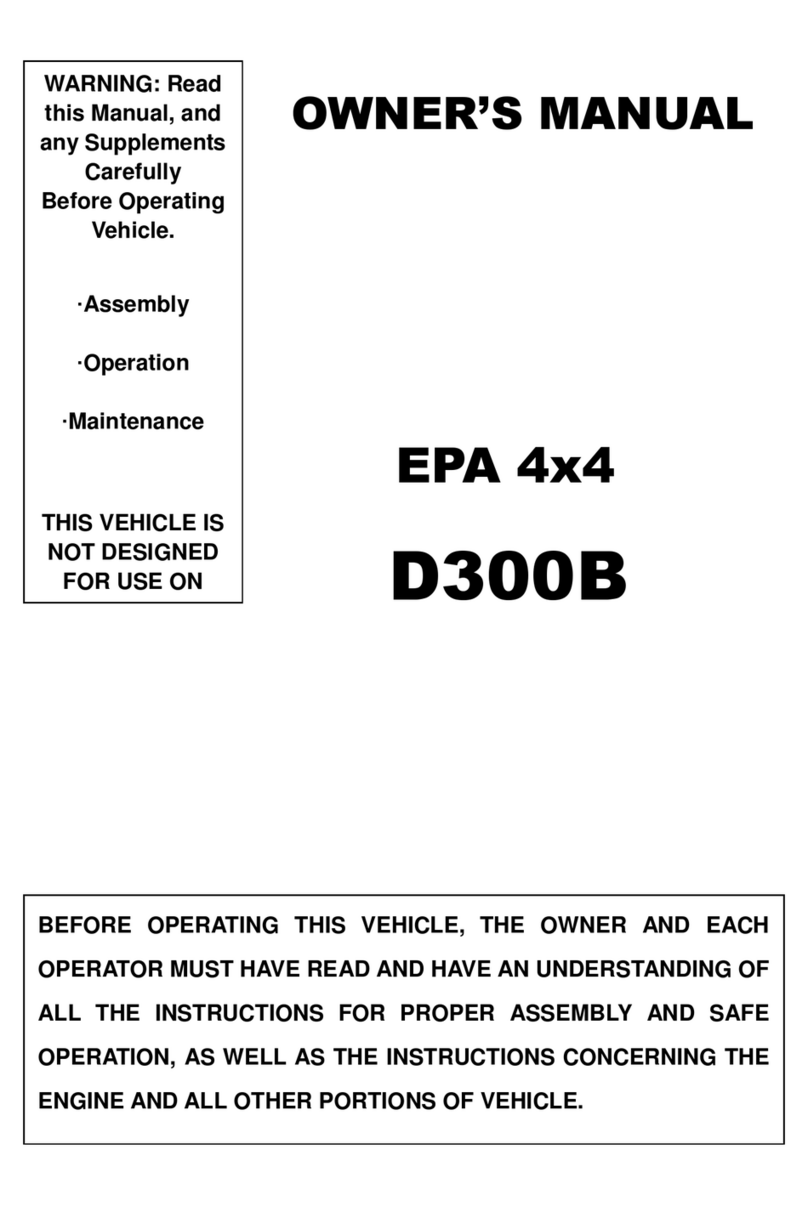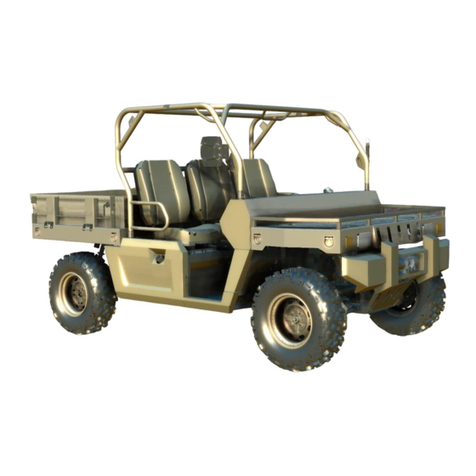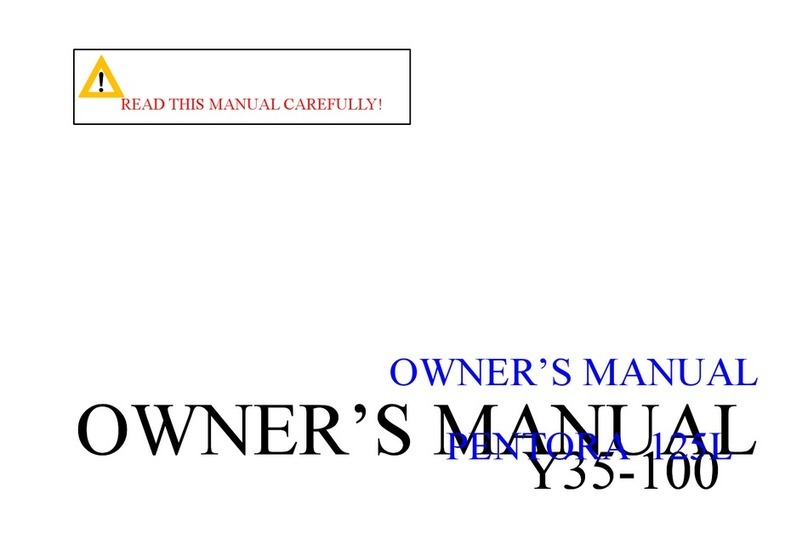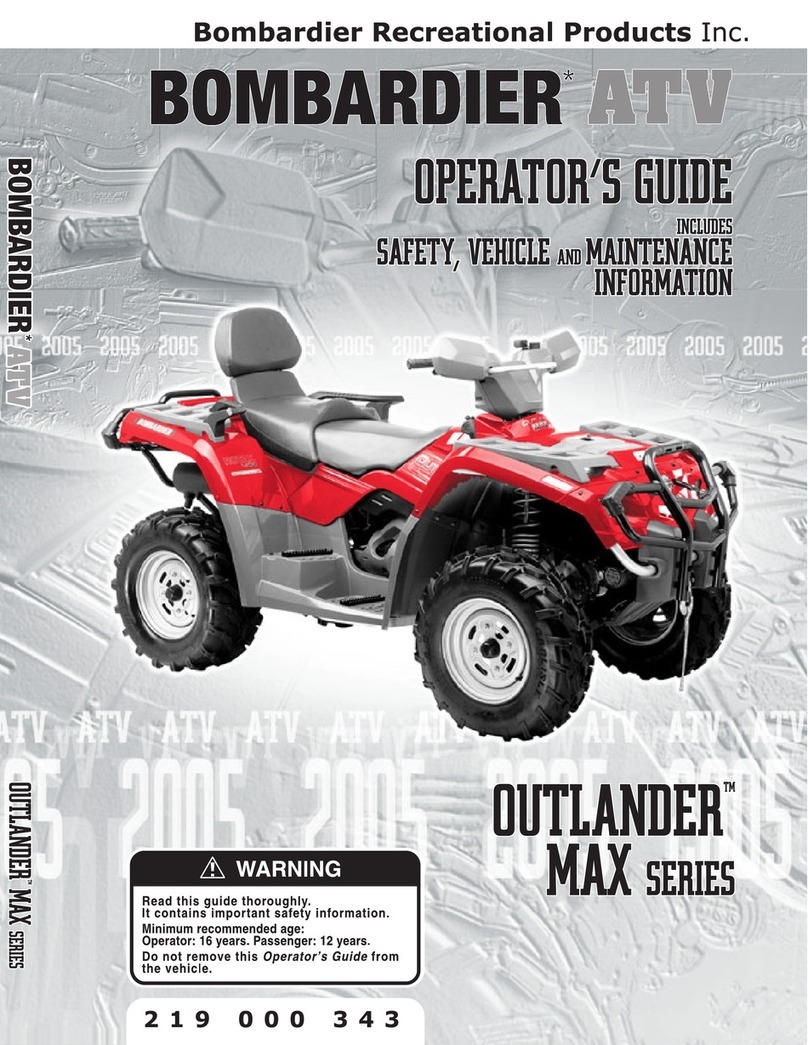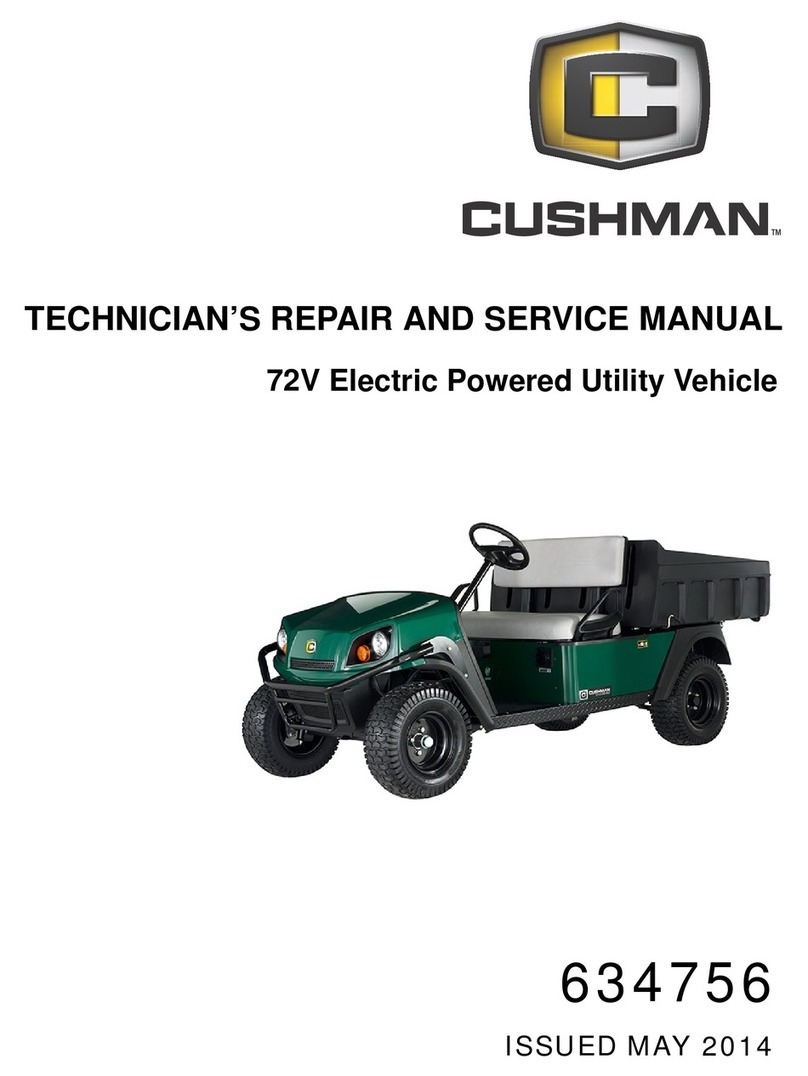FEISHEN FA-D50 User manual

USER MANUAL
READ THIS MANUAL CAREFULLY.
It contains important safety information.
□50 □70 □90 □110

INTRODUCTION
This manual will provide you with a clear understanding of the details and operation of this vehicle.
This manual includes all of the necessary safety information. It provides information necessary to
ride your vehicle and also includes basic service and inspection procedures.
AN IMPORTANT SAFETY MESSAGE:
●READ THIS MANUAL CAREFULLY AND COMPLETELY BEFORE OPERATING YOUR
VEHICLE. MAKE SURE YOU UNDERSTAND ALLINSTRUCTIONS.
●PAY CLOSEATTENTION TO THE WARNINGAND CAUTION LABELS ON THE VEHICLE.
●NEVER OPERATEAN ATV WITHOUT PROPER TRAINING OR INSTRUCTION.

IMPORTANT MANUAL INFORMATION:
FAILURE TO FOLLOW THE WARNINGS CONTAINED IN THIS MANUAL CAN RESULT IN
SERIOUS INJURYOR DEATH.
Particularly important information is distinguished in this manual by the following notations:
ATTENTION: The Safety Alert Symbol means ATTENTION! BE ALERT! YOUR SAFETY IS
INVOLVED!
WARNING: Failure to follow WARNING instructions could result in severe injury or death to the
vehicle operator, a bystander or a person inspecting or repairing the vehicle.
CAUTION: A CAUTION indicates special precautions that must be taken to avoid damage to the
vehicle.
NOTE: A NOTE provides key information to make procedures easier or clearer.

IMPORTANT NOTICE
This vehicle is designed and manufactured for OFF-ROAD use only. It is illegal and unsafe to
operate this machine on any public street, road or highway.
This vehicle complies with all applicable OFF-ROAD noise level and spark arrester laws and
regulations in effect at the time of manufacture.
Please check your local riding laws and regulations before operating this machine.

! WARNING
Indicates a potential hazard that could result in
serious injury or death.
CONTENTS:
1 LOCATION OF THE "WARNING AND
SPECIFICATION LABELS"… … …… ....... 1-1
2 SAFETY INFORMATION........................... 2-1
3 DESCRIPTION AND MACHINE
IDENTIFICATION...................................... 3-1
Identification numbers record.................... 3-2
Vehicle identification number and
engine I.D. number.................................... 3-2
4 CONTROL FUNCTIONS
Main switch................................................ 4-1
Throttle lever.............................................. 4-1
Handlebar switches................................... 4-2
Emergency kill switch................................ 4-3
Front brake lever....................................... 4-4
Rear brake pedal....................................... 4-4
Parking brake............................................ 4-5
Speed limiter.............................................. 4-5
Seat.......................................................... 4-6
Fuel tank cap............................................ 4-6
Front shock absorber adjustment............. 4-7
Rear shock absorber adjustment.............. 4-7
5 PRE-OPERATION CHECKS..................... 5-1
Front and rear brakes................................ 5-2
Fuel........................................................... 5-2
Engine oil................................................... 5-3
Throttle lever.............................................. 5-4
Lights......................................................... 5-4
Switches.................................................... 5-4
Battery… … … … … … … … … … … … ............ 5-4
Tires.......................................................... 5-4
6 OPERATION
To start out and accelerate… … … … … … ... 6-1
To decelerate............................................. 6-1
Engine break-in......................................... 6-2

Parking...................................................... 6-2
Parking on a slope..................................... 6-2
7 PERIODIC SERVICE................................. 7-1
Engine....................................................... 7-4
Engine oil................................................... 7-5
Idle speed adjustment............................... 7-6
Throttle lever adjustment........................... 7-6
Brake adjustment-rear brake..................... 7-7
Brake lever lubrication............................... 7-7
Fuse replacement...................................... 7-8
Battery asks for replenishment.................. 7-9
Replacing the headlight bulb..................... 7-9
Air filter cleaning… … … … … … … … … … … 7-9
8 SPECIFICATIONS..................................... 8-1
9 MAINTENANCE RECORD........................ 9-1

LOCATION OF THE "WARNING AND SPECIFICATION LABELS"
Read and understand all of the labels on your
quad.
They contain important information for safe and
proper operation of your quad.
Never remove any labels from your quad. If a
label becomes difficult to read or comes off, a
replacement label is available from your dealer.
1-1

○
1○
2
○
3
○
4
1-2

SAFETY INFORMATION
TO DRIVE AN ATV IS A SERIOUS MATTER AND CAN BE HAZARDOUS TO OPERATE. An ATV
handles differently from other vehicles including motorcycles and cars. A collision or rollover can
occur quickly, even during routine maneuvers such as turning and riding on hills or over obstacles, if
you fail to take proper precautions.
SEVERE INJURY OR DEATH can result if you do not follow these instructions:
●Read this manual and all labels carefully and follow the operating procedures described.
●Never operate an ATV without proper training or instruction.
●A child under 16 years old should never operate an ATV.
●Never carry a passenger on an ATV.
●Always avoid operating an ATV on any paved surfaces, including sidewalks, driveways, parking
lots and streets.
●Never operate an ATV on any public street, road or highway nor a dirt or gravel one.
●Never operate an ATV without wearing an approved motorcycle helmet that fits properly. You
should also wear eye protection (goggles or face shield), gloves, boots, long-sleeved shirt or
jacket, and long pants.
●Never consume alcohol or drugs before or while operating this ATV.
●Never operate at speeds too fast for your skills or the conditions.
2-1

●Never attempt wheelies, jumps, or other stunts.
●Always inspect your ATV each time you use it to make sure it is in safe operating condition.
●Always follow the inspection and maintenance procedures and schedules described in
this manual.
●Always keep both hands on the handlebars and both feet on the footboards of the ATV during
operation.
●Never operate theATV in fast flowing water or in water deeper than 25 cm (10 in.).
●Always use the size and type of tires specified in this manual. Always maintain proper tire pressure
as described in this manual.
●Never modify the ATV through improper installation or use of accessories.
●Never exceed the stated load capacity for an ATV. Cargo should be properly distributed and
securely attached. Reduce speed and follow instructions in this manual for carrying cargo or
pulling a trailer. Allow greater distance for braking while transporting cargo.
! WARNING
Always turn off the engine when refueling.
Don’t start or run the engine in a closed area to avoid potential hazard.
2-2

DESCRIPTION AND MACHINE IDENTIFICATION
○
1Rear rack
○
2Seat lock
○
3Seat
○
4Rear brake pedal (Foot operation)
○
5Main switch
○
6Handlebar
○
7Throttle lever
○
8Speed limiter
○
9Parking switch
○
10 Front brake lever
3-1

Identification numbers record
Record the vehicle identification number
(VIN) and engine I.D. number in the spaces
provided for assistance when ordering spare
parts from your dealer or for reference in
case the vehicle is stolen.
1. VEHICLE IDENTIFICATION NUMBER
The vehicle identification number is stamped
on the front side of the frame.
2. ENGINE I.D. NUMBER
Note: The vehicle identification number (VIN)
is used to identify your ATV. The information of
vehicle identification number and engine I.D.
number will be needed to order spare parts from
your dealer.
3-2

CONTROL FUNCTIONS
Main switch
Functions of the respective switch positions are
as follows:
On:Engine canbe startedonly at thisposition.
Off: All electrical circuits are switched off. The
key can be removed in this position.
Throttle Lever
Once the engine is running, movement of the
throttle lever will increase the engine speed.
Regulate the speed of the engine by varying
the throttle position. Because the throttle is
spring-loaded, the engine will decelerate, and
the engine will return to an idle any time your
finger is removed from the throttle lever.
Before starting the engine, check the throttle to
be sure it is operating smoothly. Make sure it
returns to the idle position as soon as the lever
is released.
4-1

Handlebar switches
1. Engine stop switch (Red)
2. Start switch
3. Lights switch (Black) (option)
Engine stop switch
The engine stop switch controls the ignition
and can be used at all times to stop the engine,
especially in an emergency. The engine will not
start or run when the engine stop switch is
turned to “ ”. When starting the engine, the
function button should be at “ ”position.
Start switch
The starter motor cranks the engine when this
switch is pushed.
CAUTION:
See starting instructions prior to starting engine.
Lights switch
Turn the switch on for front light and taillight
(option accessory).
CAUTION:
Do not use the headlight with the engine turned
off for more than 10 minutes. The battery may
discharge to the point that the starter motor will
not operate properly. If this should happen,
remove the battery and recharge it, replace if
necessary.
4-2

Emergency kill switch
This switch is in the front of ATV, to which an
adult can attach string, and follow the child. If
the child needs to stop suddenly, or if the adult
wants to stop engine for anyreason, just pull the
string.
4-3

Front brake lever
The brake lever is located on the right side of
the handlebar. Pull down on the lever to apply
the front brake.
Rear brake pedal
The brake pedal is located on the right side of
the frame. Step on the lever to apply the rear
brake.
4-4

Parking brake
Apply the brake lever and then press down the
stop-buttontoapplytheparkingbrake.Squeezethe
rearbrakelevertoreleasetheparkingbrake.
Speed limiter
The speed limiter keeps the throttle from fully
opening, even when the throttle lever is pushed
to the furthest position. Screwing in the adjuster
limits the maximum engine power available and
decreases the maximum speed of the ATV. For
children’s safety, this ATV has been adjusted to
a speed under 35 km/h (22 mph).
WARNING:
Do not turn the speed adjuster out more than
12 mm (0.47 in.).
Always make sure the throttle lever free play
is 3~5 mm (0.12~0.20 in.).
4-5

Seat
To remove the seat, pull the seat lock lever
upward and pull up the seat at the rear.
To install the seat, insert the lobe on the seat
front into the receptacle on the frame and push
down the seat at the rear.
Fuel tank cap
Remove the fuel tank cap by turning it
counterclockwise.
Automotive gasoline with octane number of 90
or higher may be used.
After refueling, be sure to tighten the tank cap
firmly.
4-6

Front shock absorber adjustment
The spring preload can be adjusted to suit the
vehicle’s load and riding conditions.
Spring preload adjustment:
To increase the spring preload, turn the
adjuster in direction a.
To decrease the spring preload, turn the
adjuster in direction b.
Standard position:A
A--Minimum (Soft) E--Maximum (Hard)
Rear shock absorber adjustment
The spring preload can be adjusted to suit the
vehicle’s load and riding conditions.
Spring preload adjustment:
To increase the spring preload, turn the
adjuster in direction a.
To decrease the spring preload, turn the
adjuster in direction b.
Standard position:A
Warning:
Uneven adjustment on different sides can cause
poor handling and loss of stability.
4-7

PRE-OPERATION CHECKS
Before using this ATV, check the following points:
ITEM ROUTINE
Brakes
Check operation, free play. Check the combination of the brake lever,
brake cable and pad.
If the brake pad is becoming worn, please replace with a new one
before use of the vehicle.
Parking brake Check operation, condition and cable free play.
Fuel tank Check fuel level.
Fill with fuel if necessary.
Engine oil Check oil level.
Fill with oil if necessary.
Throttle Check for proper throttle cable operation.
Wheels and tires Check tire pressure, wear and damage.
Fittings and fasteners Check all fittings and fasteners.
Lights Check for proper operation if the lights have been installed.
Battery Check fluid level.
Fill with distilled water if necessary.
ATTENTION: Always check each item in the above list prior to operating your ATV.
5-1
Table of contents
Other FEISHEN Offroad Vehicle manuals
Popular Offroad Vehicle manuals by other brands
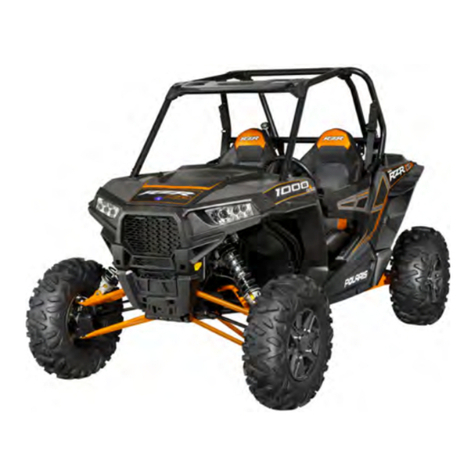
Polaris
Polaris RZR XP 1000 owner's manual
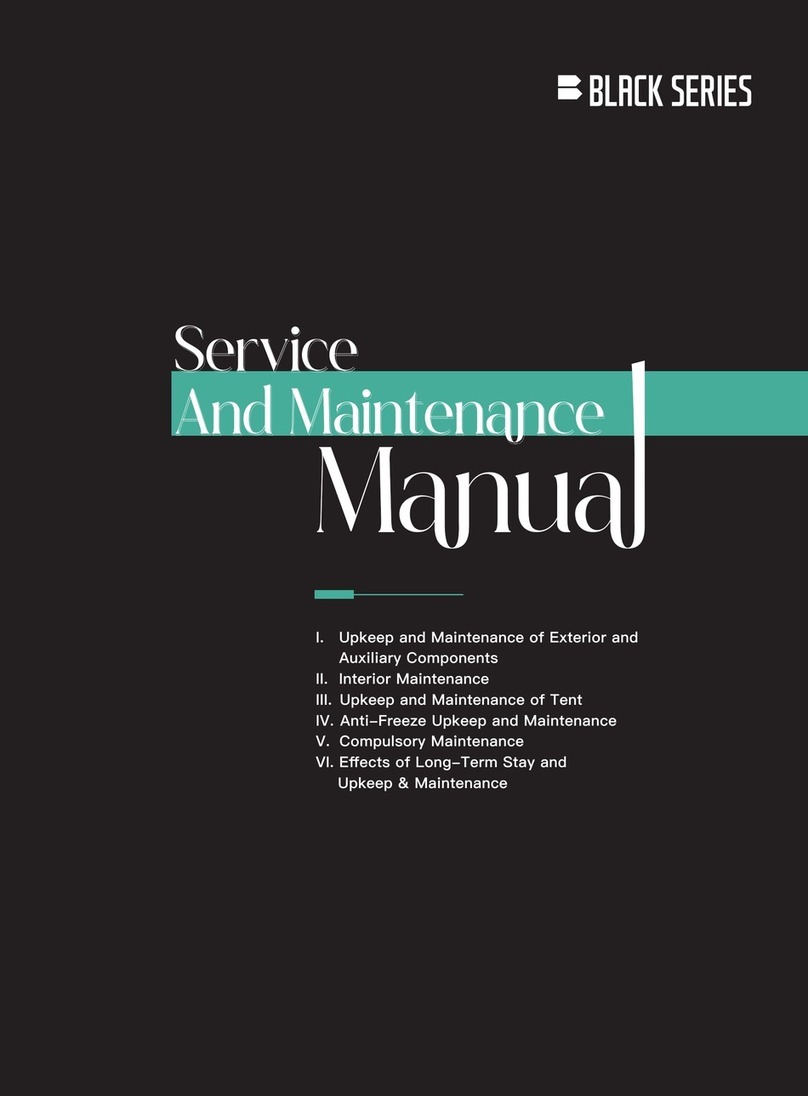
Black Series
Black Series HQ Service and maintenance manual

KAYO MOTOR
KAYO MOTOR FOX 70 Service manual
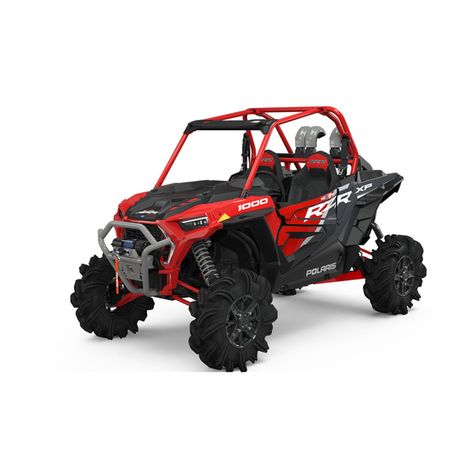
Polaris
Polaris RZR XP 1000 EPS High Lifter Edition owner's manual
Tracker Off-Road
Tracker Off-Road 300 Operator's manual

Arctic Cat
Arctic Cat 2014 400 ATV Service manual
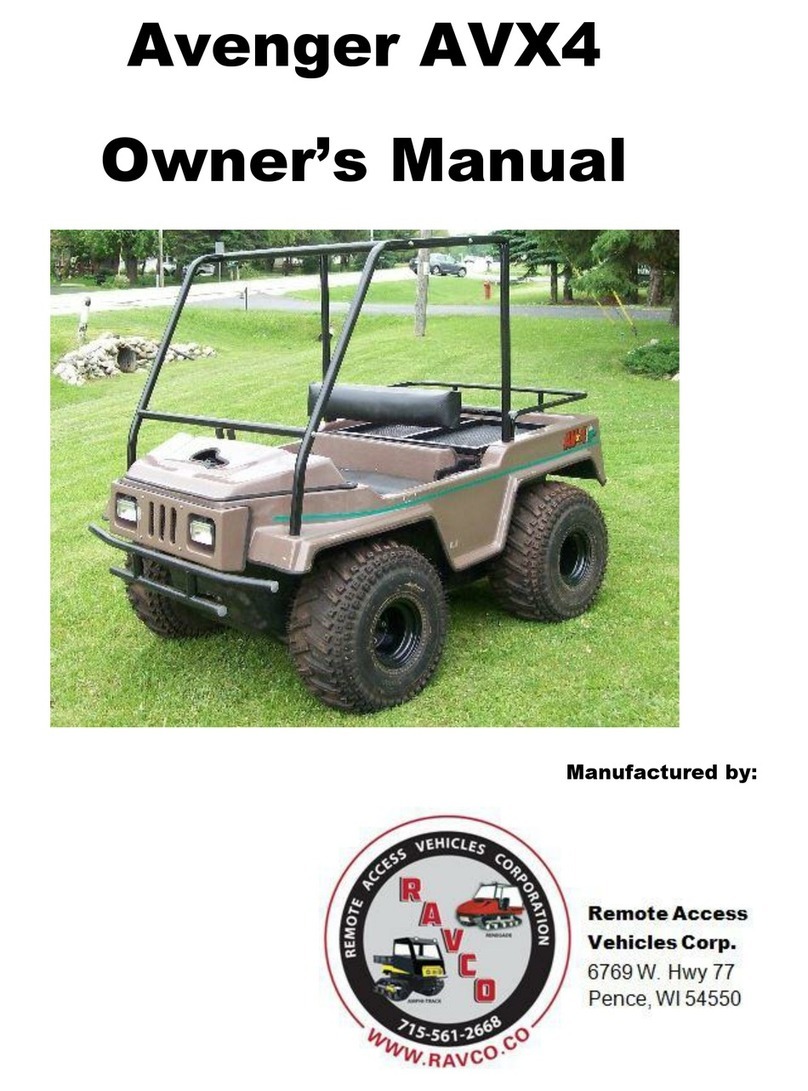
Remote Access Vehicles, Corp.
Remote Access Vehicles, Corp. Avenger AVX4 owner's manual
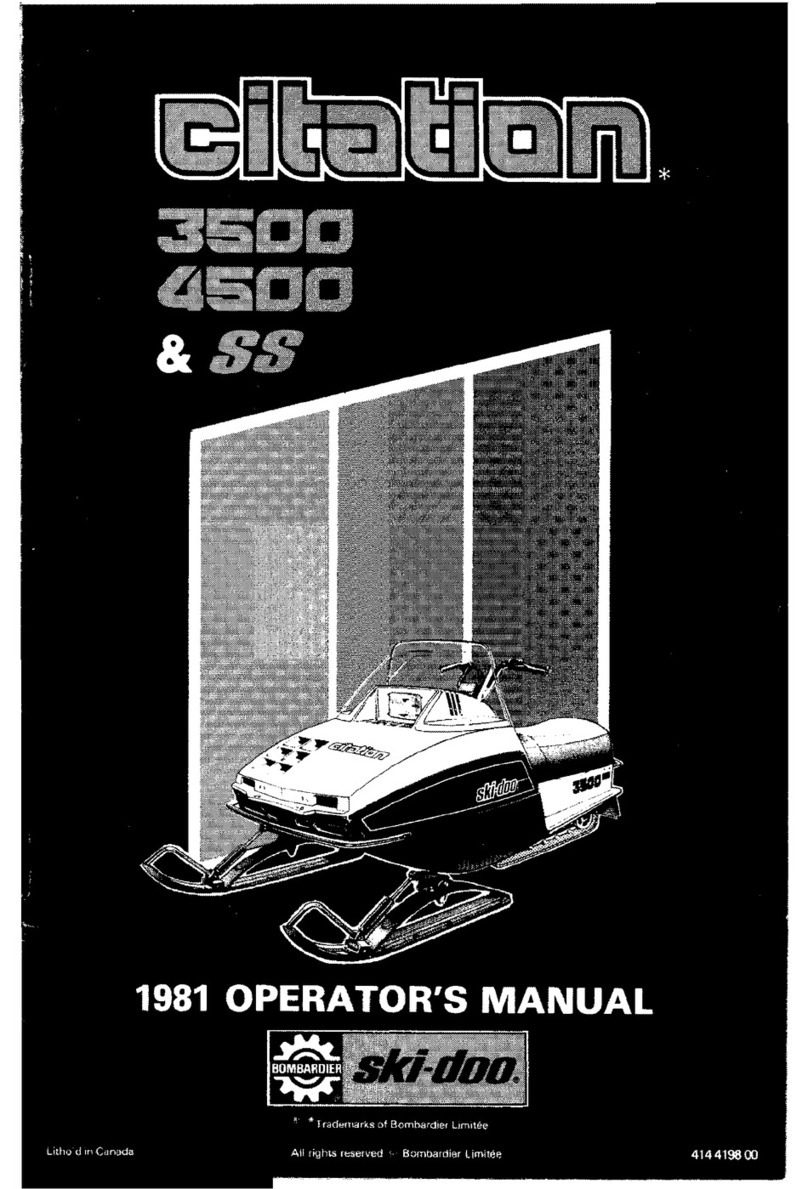
Ski-Doo
Ski-Doo 1981 Citation 3500 Operator's manual
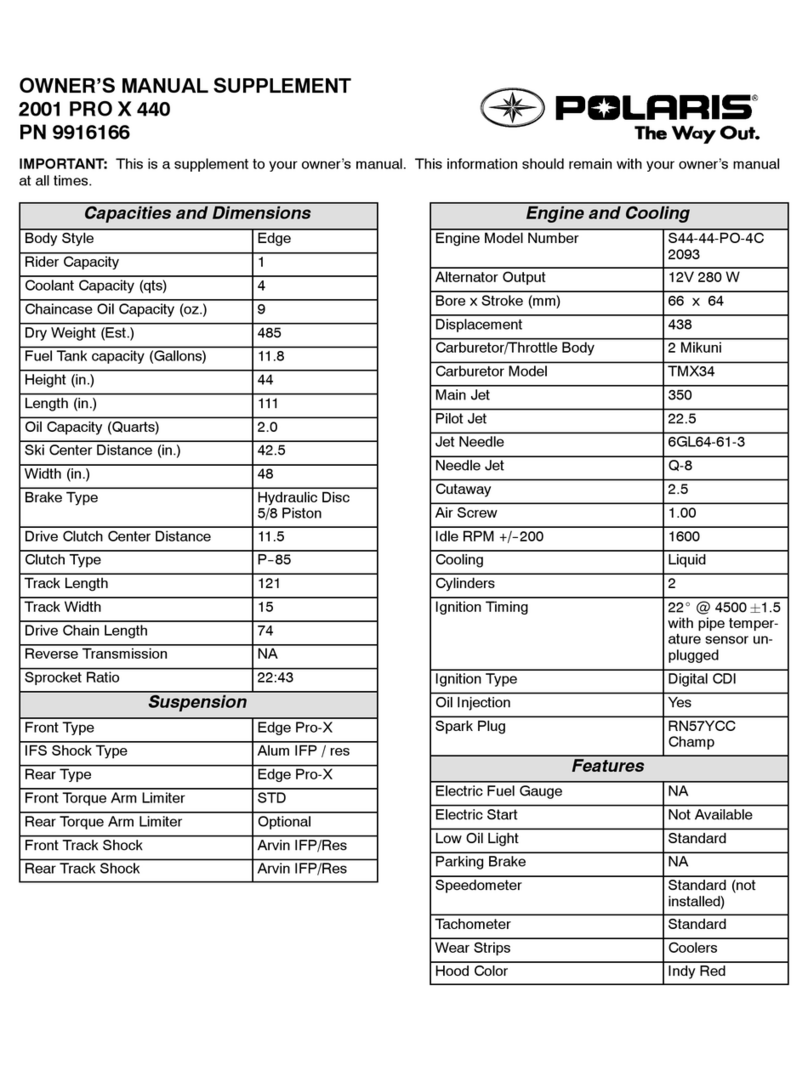
Polaris
Polaris 2001 PRO X 440 Owner's manual supplement

KAYO MOTO
KAYO MOTO AU200 Assembly manual
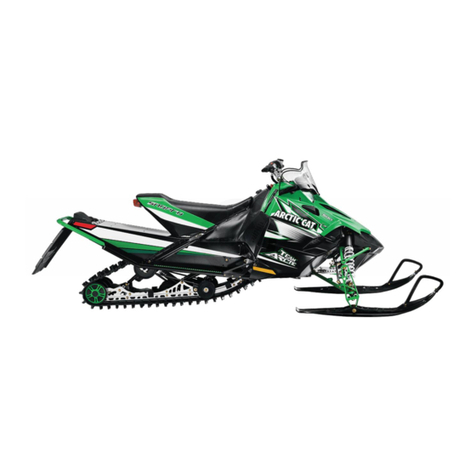
Arctic Cat
Arctic Cat Sno Pro 500 Operator's manual
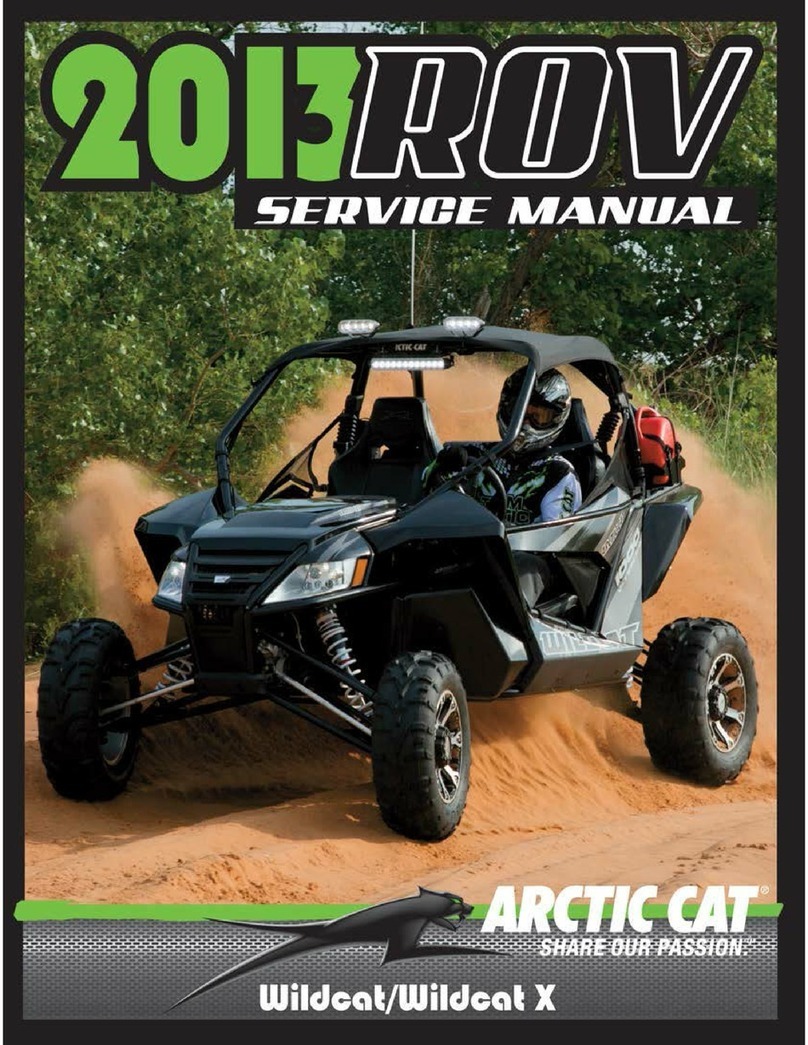
Arctic Cat
Arctic Cat 2013 Wildcat Service manual

